For this post, I did a little something different. Over the last year or so, I’ve been enjoying the artwork, livestreams, and philosophy of illustrator, designer, and educator Steven Zapata. His graphite work is exceptional, and he can shift gears from learned reader of the classics to zen monk to unglued monologues in shakespearian character. He’s a gifted teacher and orator, and along with Karla Ortiz and others, has been at the tip of the spear in the conversations about AI generated….stuff. It turns out we have a lot of the same interests, so I invited him for a conversation on our blog, and he graciously agreed to participate. Our conversation is a small sampling of some of his ideas that I wanted to share with the MC audience, and I waste no time swan-diving into the weeds. Here we go!
I recall discovering your work on Proko’s channel. Because my concentration of style has been on ink, I’ve never developed fine gradations of value, but the way you explained things was so lucid and entertaining, I wanted to hear more. I found your channel, and checked out your meditative posts.. Gratefully, there are so many craft videos online, but here was something different in a stark way- commentary on the mindset, purpose, and phenomenology about being an artist. An equipping of the draftsman to both experience the creative process with attention, and also an invitation to embody purpose and narrative expression in the work. Maybe this is what all art school students learn, and it’s not a big deal. (I learned as a thirsty autodidact) It seems to me the technical side of creating and the spiritual/philosophical side have been divorced in our, perhaps necessarily, reductionist methods of instruction. Questioning the questions I’ve been asking about art was transformative. Game-changing shit. This is why I wanted to get what you’re saying out to more people in the community.
SZ: I’m very glad the meditative videos clicked with you, and I appreciate the opportunity to talk about this, so thank you! I’m grateful those meditative videos have helped people, and I form more deep connections through those topics than anything having to do with technique. In part, they came from my own personal frustrations with the craft focus of online art discussion. Every video online seemed to be either a tutorial on the same 10 things, or it was pure entertainment and not really “about art”. But every artist I knew, and taught, and went to school with, had an introspective streak in them, and that never seemed to be discussed online.
I definitely don’t think it gets taught in art school though, at least it wasn’t for me, but I went to design school which is a little hard-nosed. I think you learn it from getting deep with your peers, and maybe from individual teachers, if they dare to go there! The notion of “observing the mind” is a little too slippery for most class structures and grading systems, so it’s going to get little attention in a formalized environment. Which is a shame, because all artists tend to be sensitive people, and they really connect with invitations to investigate themselves.
Also, I’d be very interested to hear which “questions about the questions” stirred changes in you. The art journey has a few key eurekas for most people, and I love getting the trip report on that.

I see this figure as an occupant/messenger of the marble domains between the conscious and unconscious, like the statued halls in the novel Piranesi.
SG: If one collides their head against a wall, millions of times, for millions of years, they might eventually, if gradually, rotate ninety degrees in either direction and find a new wall to assail. Monkeys typing Shakespeare. That was my eureka. Luck and large numbers. When I was a kid, I drew all the time without judgement. Lost in creativity for hours. Later on, I naively set my sights on becoming a professional, and I began seeking Mastery™ from the outside in. I got the Loomis books, the Roberson books, all that stuff. Started hustling. Then I began to get hired but soon got eaten alive by neuroticism. I started getting lapped by people that had no knowledge of the hidden secrets of ellipses, or the insertion points of all the tendons in the scapula. “What am I missing?” I would scream into the uncaring and unknowing night sky. Somewhere I lost the thread of enjoying being creative. To be honest, I’m still finding my way out. Still performing the eureka.
An idea that you have presented is the “art villain”- someone who through insecurities or pressures to hustle for prestige, loses sight of the joy of creating. When I heard you discuss this concept I had an NPR Driveway Moment. A click deep inside of pins turning and something unlocking.
SZ: Ah yes, the art villain. I think we’ve all known one, they’re everywhere. Art villains have practices energized by unwise motivations. They do art to be the best, not for fun. Why do they need to be the best? Invariably, to prove their dad wrong, or to crush an art rival they haven’t seen since they were eight years old.
Art villains all share two qualities- they never nourished the inherent joy in art, and they have no self awareness. They are often artists who pursued the path with vigor, and even love, and gained great virtuosity. Some have great careers, others don’t. The key turning point is what you mentioned, though- the “getting lapped.” If it weren’t for their relationship to the practices of others, we could just let them fight their dads on the page forever, but it rarely stays there.
When they see people doing better than them with less effort, with less knowledge, with less practice, and especially less misery, they just can’t accept it. They have this whole mental construct about what art is, how being an artist works, and the people who can “fun” their way to great drawings undermine that entire structure.
If you have self awareness, that becomes a cue to question your assumptions. But the art villain has no self awareness, so they double down, and start telling lies to themselves and to others. They concretize art, say it’s a science, that it’s objective, that there is a right way and a wrong way- and wouldn’t you know it? They’re doing it the right way.
This is the true villainy- when these people teach, they casually give students wounds that they will carry with them for decades. They give them notions of unacceptable styles, “wrong” processes. These will often make students abandon art, just because no one gave them the breathing room to find out what’s fun about it. It sucks.

Souls traveling the black deserts of the cosmos? The Archons forming the firmament? Blake-ian characters performing the inner workings of imagination?
SG: Ok- Love, Joy, Self-Awareness. I almost called these things underutilized “tools in the artist’s toolkit” but now I see concrete, reductionist language like that exacerbates the unbalance that causes problems for a lot of us nowadays. If I can get in the weeds here a bit, a lot of these issues of toxic motivation, states of anxiety, and other garden-variety nuisances we endure might be caused by deliberate cognition trying to colonize the domain of instinct and intuition. Daniel Kahneman’s System One becoming dominated by System Two. Carl Jung’s idea of the dark side of the Sage (rationality) overpowering the light side of the Sage (wisdom). William Blake was obsessed with this idea also. But the body knows how to draw, meaning kids naturally know to create pictures without having to fill wastebaskets full of perspective sketches. I’m not implying we should discard critical thinking here. Every season or so, I need to remember and honor this duality. Apologies to everyone that expected me to ask you about 2B vs HB.
SZ: Yes, I would agree with your framing. As you said, it’s not like critical thinking has no part in art, but a lot of people frame the art journey completely with critical thinking. There’s a tone of “It would be easy, and you would be great, if you could just think about it right.” It’s hard to exaggerate how damaging that is to the artist. There is a very muscular undercurrent to this framing, a desire to “seize” art, to Brazilian jiu-jitsu it into submission. Art is too slippery for that. It has a very yielding, very watery quality that makes it leap from your grasp the tighter you grip.
Over the past few years I’ve been deeply interested in how the body holds art within it. The thought stream is such a narrow lens both for art making and appreciation. The body holds most of your knowledge, gracefully offloading it from cognition, and also does the actual act, but damn, when’s the last time you appreciated your body for what it does? I think trying to discard critical thinking every now and then, and letting the whole nervous system just sort of flush out and operate without obstruction, is a very good idea. It’s not like you’re in danger of banishing it completely– If you have a tendency toward being self critical, and judging everything you do, you’d be lucky to keep it at bay for even a day.
I should say, I don’t think it’s a good idea because it’ll make you better at art, I’m not sure it will do that, I just think it’s a good idea all its own. And for the record, HB is the best.
SG: I could talk all day about mapping our mindset with the creative. I hope if any readers relate to that, they will dig into your rich youtube channel..
I never like being asked “What does this drawing mean?” or “Why did you draw x?” So I won’t ask you that. Looking at your recent graphite work, you’re carefully saying something. The rational colliding with the animal. Symbols of knowledge in contact with muscular structures. Inner wars materialize into figures resisting gravity and limitation. Pessimism, perhaps, but not malevolence. Maybe none of that, of course. It looks like you’re fascinated by the eternal, not the contemporary.
SZ: Yes! These moments are the exact reason that I don’t discuss what my drawings “mean.” If I ever put my personal interpretation out there, it’s likely these moments would stop completely. In my worldview, reading something like that manifests another me out of thin air, I am born again! The high is incredible.
Some would say that what I think the work means is the meaning, and I don’t agree. I consider my viewpoint just another interpretation. To me this seems obvious, but it’s based on less conventional positions on the rest of life. I don’t think I know what reality is, or means, and so I don’t pretend to know what is happening when we make art. You might say that if I’ve tried to express particular emotions with the work, then that holds as the meaning, even if reality at large is not what it seems, but I don’t believe I know what my emotions are either. I’m very open minded about what emotions and thoughts are, I think they’re more abstract than we give them credit for. Given that foundation, it would be inconsistent for me to elevate my view over another.
There is another kind of meaning than the one you can put into words, though. I like to think of my art- particularly my pencils- as coming “from a place.” A place of peace, of joy, and of that openness to the nature of world and self. When I draw them, I feel like I’m reaching a phantom limb into that place and slowly pulling something out, I’m discovering these archetypal structures that get mixed with our world and my identity as they pass through the portal. These days, if I have managed to work from that place, I consider any drawing a success, no matter what it looks like.
And that’s not lip service! It’s important to not be spouting off a bunch of wise words that you don’t actually live by- that makes you a hypocrite and it’s still bad even if all you’re talking about is art. You must not leave false sign posts for others, you must give testimony to real places on the landscape of possible art practices. I have the lucky blessing of being able to experience ugly drawings as successes. I would not sell this for a billion dollars! I truly have found these internalized motivators, the desire to explore this other dimension, more gratifying and energizing than all the old external whips and thorns.
The consequences are surely proof of that, it eroded my interest in industry success- being a popular and successful designer for movies and what not. That was the main orienting force for the formative years of my art career. To have it wiped away, and at the point where that interest should probably have been peaking, was a huge transformation, and utterly unexpected! I can’t recommend it to everybody…but I’d recommend it to most.
SG: I love how you put that. All of this. Redefining, continually, what the models for success and goals are. I might guess that this valuable wisdom was won at a cost. We’ve tried so hard to use art as livestock to extract financial value from. Then the witness cloud of judges in our mind will leave us the fuck alone, finally. I mean, we gotta eat, make boat payments, etc. Art can become a vehicle to explore concepts of purpose and meaning, and be a bulwark against the relentless insanity and overstimulation we experience. You have deftly put this out there, while armies of other youtube pontiffs are zigging, you have zagged. Probably not optimum in the short term, but you seem like a long term thinker.
I know some very successful (by material metrics) people in the industry, and I’m sure you do also. I think the grisly and tested through-the-ages truth of the matter is: We do not control the fruits of our labor. You can draw till your tits fall off, and maybe never get your fancy title, legion of followers, and fat paycheck. But this fact cannot be shared, with students, with viewers. It’s too dangerous. Dissuasive. I think Stephen King said you can go from bad to good, but not good to great. Speaking from experience I can attest, especially after watching your commentaries, we can go from working from a place of neurosis to working from a place of joy.
SZ: People really don’t want to hear that. If you offered people joy or renown, and they seriously thought they’d get what they chose, most people would take renown. But if they went through the arduous journey of whipping up some renown from scratch, they’d learn joy is more important along the way. But, you usually can’t make someone believe that until they’ve lived through it.
And the good to great thing, yeah that can be discouraging to people who do art just to be the best (and there’s a lot of them), but the good news is that you really never know! You’ll never have enough perspective on yourself to accurately judge if you’re good or great, so it’s better not to worry about it. Are the top .01% best artists of any given generation going to have freaky talent? Yes. I won’t deny that. But you don’t have to be in that group to have a fulfilling practice- including one that supports you financially and gives you a little buzz of recognition now and then.
And if you’re solid in your practice, you won’t resent talented people! That’s a blessing. You’ll be able to just wish them well and more success. If I could press a button to make a random artist in the world 1000x more talented, turning them into a sort of talent-djinn guaranteed to make fantastic art, I would leap on the button and try to hit it as many times as I could before the button police drag me away.
SG: Renowned for your generosity with the button. I hope your observations about judgement, joy, and mindful practice take purchase in the minds of whoever reads this. These are effective and sustaining ideas.
Lets do a lightning round.
SG: Cafe or studio?
It used to be cafe, but now I record most of what I do so I need to be in the studio. I’m not comfortable with putting up lights and tripods next to my table at the cafe- some people are!
SG: Best song to draw to?
Whatever’s at the top of the charts, I have very primitive musical taste. I’m currently looping “Please Please Please” by Sabrina Carpenter, a song I probably won’t remember existed in a year.
SG: Underappreciated painter?
Oof. Gustave Moreau, Franz Stuck, Ernst Fuchs, Aldro Hibbard, Isaac Levitan, I could do on and on.
SG: Are we fucked?
Absolutely. As Alicia says in Stella Maris, “-the world has created no living thing that it does not intend to destroy.” There’s a great freedom in accepting that. It’s hidden, but it’s there.
SG: Red Diamond man?
Diamonds are very antic shapes, they withstand contemplation, there’s only so many dissimilar angles the mind can take before shattering. A being of diamond, of red, is a portent of changes to come, of new ages!
SG: Cormac Mccarthy?
We won’t see his kind again, rest in peace. The Passenger and Stella Maris are probably my favorite books, but they’re so odd I can hardly recommend them. I think there’s some very dangerous ideas in those books…
SG: A Hard Truth?
I think we touched on it earlier- you don’t control the fruits of your labor. I mean, you don’t really control your labor, either. I don’t believe in free will, so it’s easy for me to contextualize that in a broader view, but for others it’s the source of a fantastic amount of cognitive dissonance and suffering.
SG: Something you’re optimistic about?
Just about everything. You can turn wherever you are into the Garden of Eden and hold hands with all the saints of the past and future if that’s really something you want out of life. If that’s possible, anything is possible.
SG: Claire Wendling?
Best living draftsperson, as far as I can tell. She has the thing you can’t grind– grace. Impossible to fake.
SG: Least favorite thing to draw?
Cute anime girls! Ugh!
SG: An Art Homie you want to plug?
That’s so hard. I’m gonna shout out all the animation workers in The Animation Guild, currently fighting for their rights and fair wages against the big studios down in LA. I hope by the time this is published they have everything they wanted. There’s very little organized labor in art, and I think we’re gonna need it– anomalies like TAG set a standard and prove it’s possible.
Thank you so much for having me Stephen, it’s been a pleasure. Keep up the great work.
Mr. Zapata’s work, as well as his excellent course, Form From Imagination, can be found at stevenzapata.com


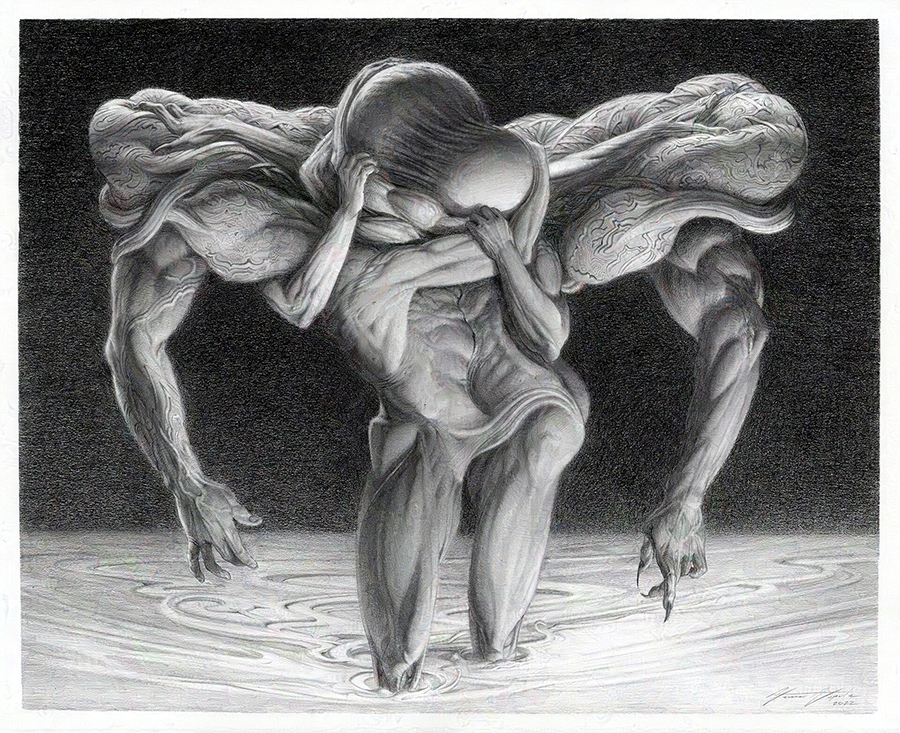
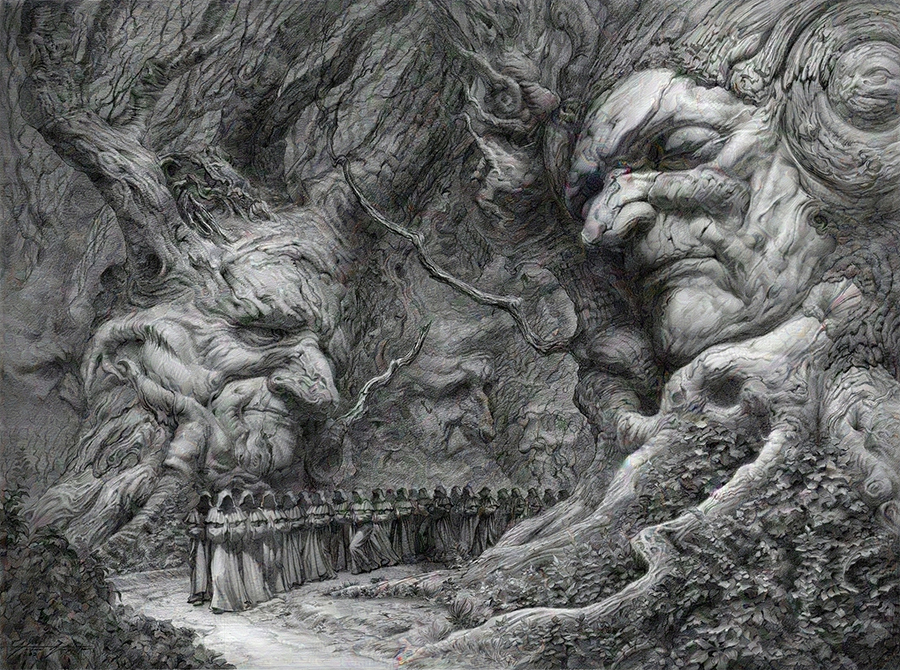

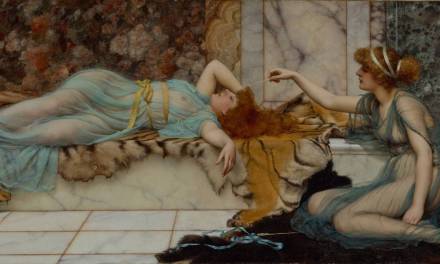

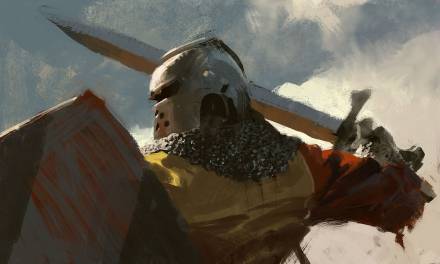
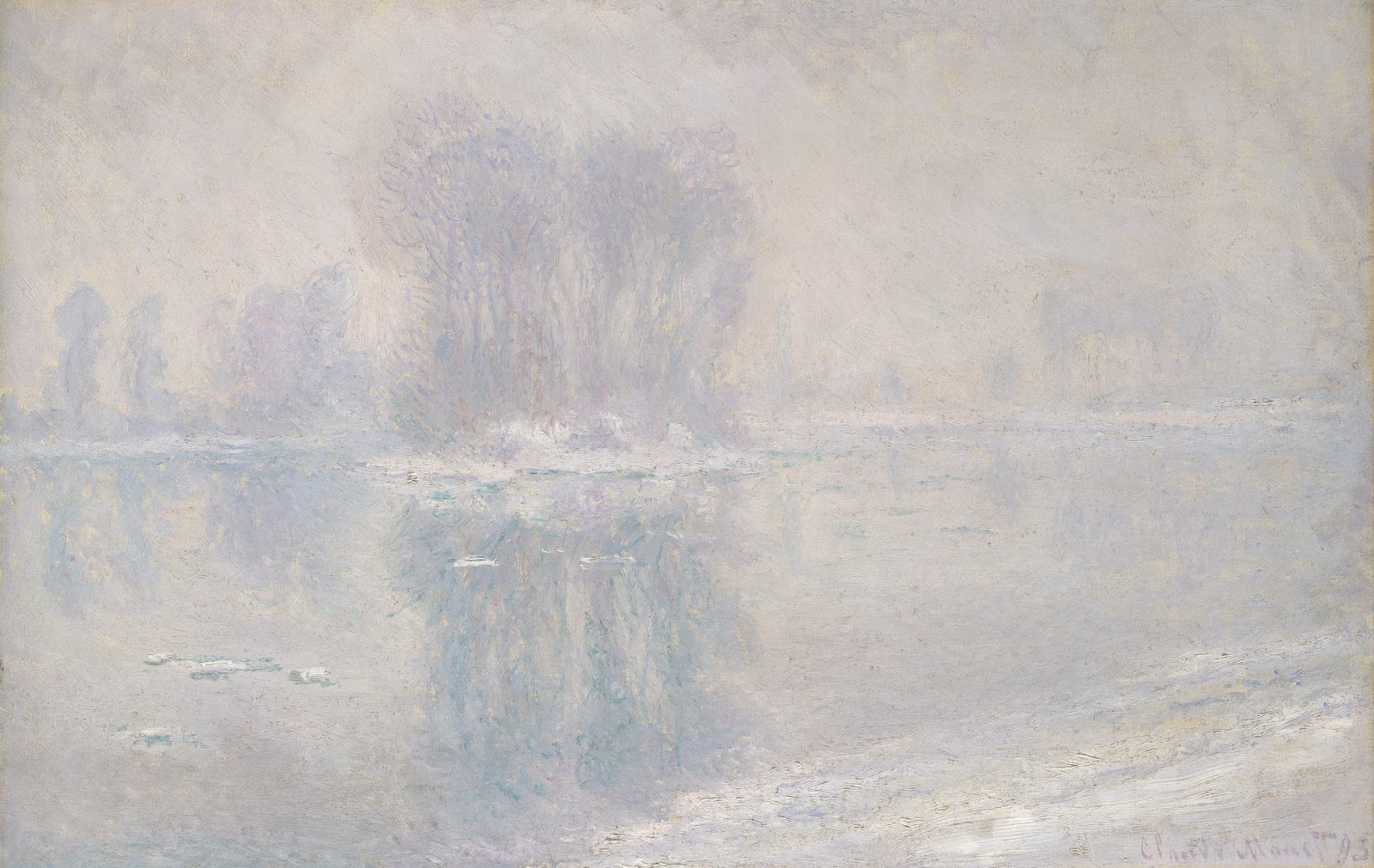
Recent Comments